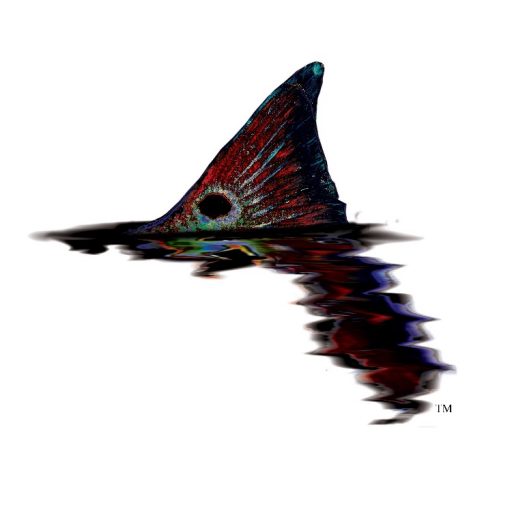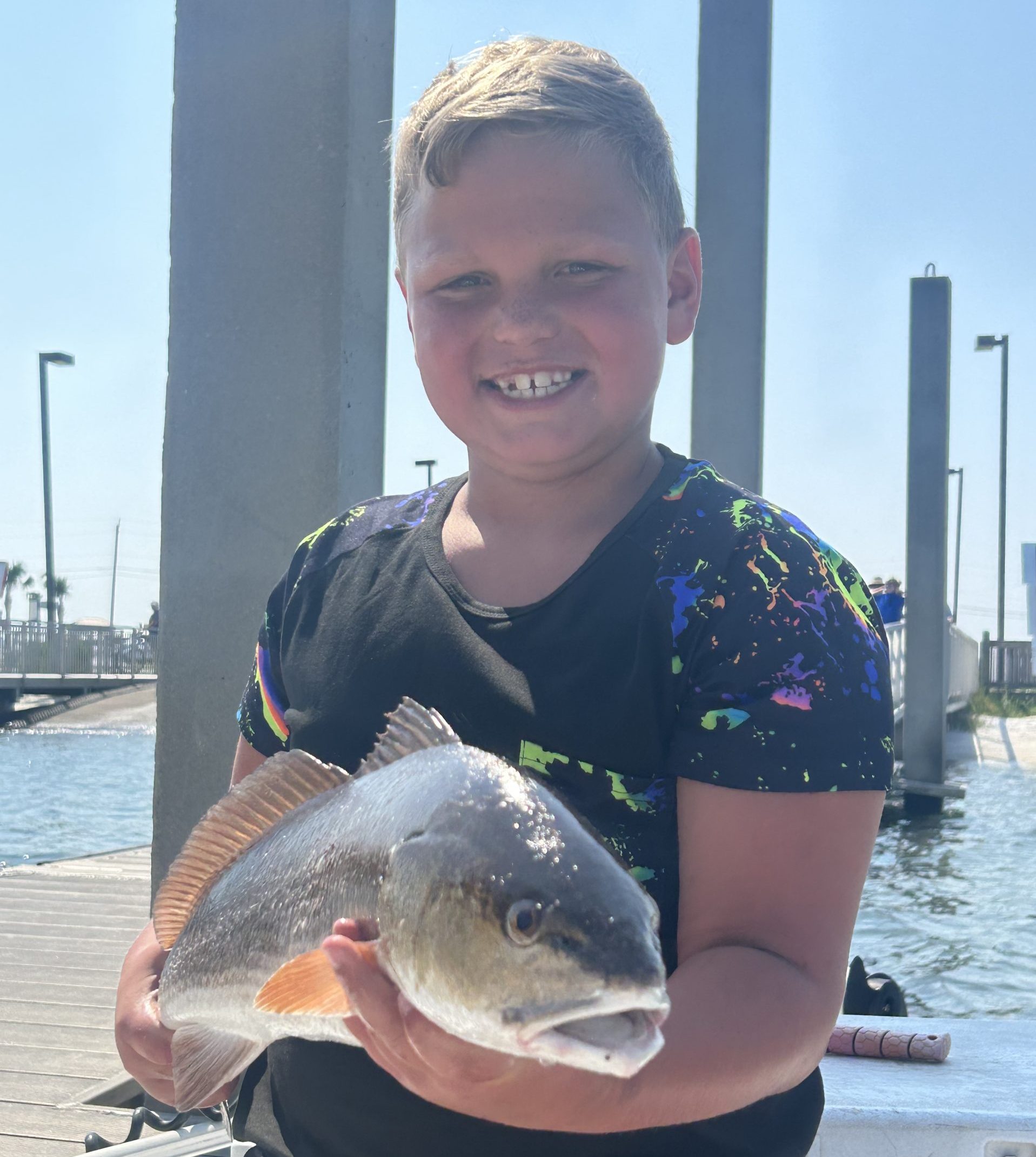Some people believe that fishing is as simple as bringing a rod to the water and hoping for the best. Others think that there is more to it than that: you have to search for the best possible fish.
Whether you prefer offshore or inshore fishing, there is one thing they both share: they’re both forms of the same sport. To help you understand them better, we will compare inshore and offshore fishing in this article.
Offshore vs. Inshore Fishing: Similarities
Both inshore and offshore fishing takes a lot of patience. Both have the potential to provide you with fish as a reward. Both will have you casting your rod over and over again.
One of the most common similarities you will find is the process of waiting for a fish to take your bait. In some cases, you may even have to make several casts before you find a way to hook the fish you want.
Both inshore and offshore fishing requires a certain amount of knowledge. For example, it is important to know where fish will be more active. This can make a huge difference in how successful your fishing trip becomes.
Offshore vs. Inshore Fishing: Differences
Here are some of the main differences between inshore and offshore fishing.
- Location
Inshore fishing is typically done in shallow waters close to shore. These are usually found in rivers, lakes, and bays. The area of water you’re fishing in is generally within a boundary of up to six nautical miles.
Offshore fishing, however, is done in deeper waters that are farther away from the shore. These are often found in the Gulf of Mexico or the Atlantic Ocean. Naturally, this type of fishing requires a different set of equipment.
- The Type of Fish
Inshore fishing covers a range of fish species typically found close to the shore. Most of these species are smaller in size and thus easier to catch. Inshore fishing is the ideal type of fishing for beginners.
On the other hand, Offshore fishing is usually reserved for larger fish species. These are usually harder to catch. This also requires a different type of equipment and a different type of bait.
- Gear
The main difference between offshore and inshore fishing is their fishing gear. As stated earlier, inshore fishing takes place in shallow waters. This is where you can use light and agile rods. However, you can also use heavy and durable rods if the fish you’re targeting is powerful.
Inshore fishing tends to use heavier and more substantial equipment. This is because the waves are stronger, and the water is deeper. You also need equipment that is more resistant to saltwater.
Inshore and offshore fishing both require you to have fishing lines. These lines are made out of different materials. Coastal fishing lines are usually made of heavier material since they are attached to heavier and stronger lines. The same goes for the hooks.
Inshore vs. Offshore Fishing: The Bottom Line
Whether you choose offshore or inshore fishing, you’re still choosing the same sport. Both types of fishing take a lot of patience. They both allow you to catch fish, which is a huge reward. And they both involve a lot of waiting and casting.
Choosing between inshore and offshore fishing is mostly a matter of preference. If you prefer to fish in general, you should go for inshore fishing. However, if you prefer the bigger fish, you should go offshore fishing. Whatever you choose, you will have a fun day of fishing.
Showintail Inshore Charters offers a fun, family friendly inshore fishing trip. All of our Navarre beach fishing charters with Showintail Inshore Charters are a full-service inshore fishing charter that offers enjoyable fishing trips within easy reach of Navarre, Pensacola, Fort Walton Beach and Destin, Florida. Book your Navarre beach fishing charters trip with Showintail Inshore Charters today!



Comments are closed